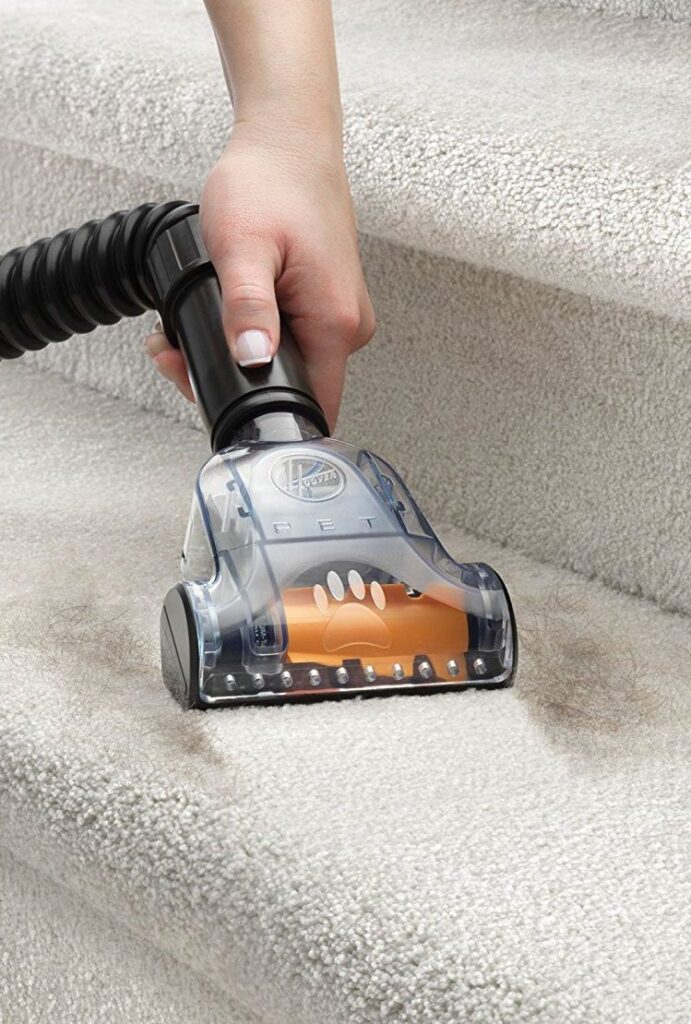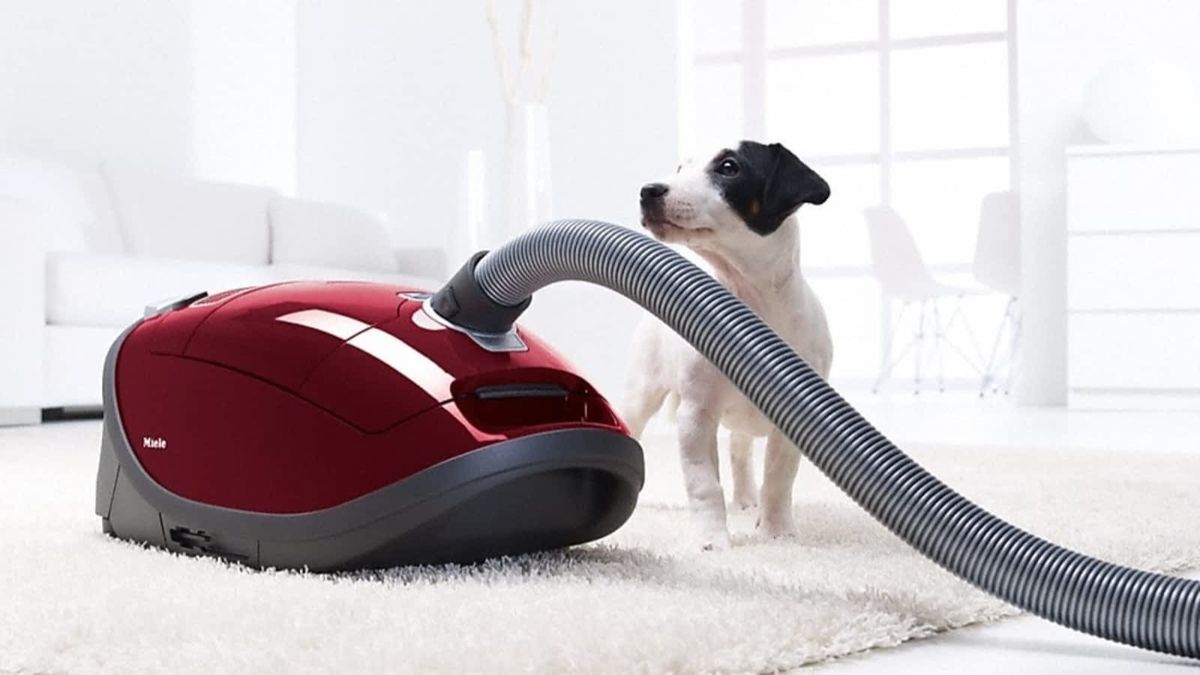Table Of Content

To wash your hair with baking soda, you’ll need a mixture of baking soda and water. Alternatively, turn to a rich leave-in conditioner and never go without it for a while. Understanding the benefits of using baking soda, such as its ability to remove excess oil and product buildup, can help you make informed decisions about its incorporation into your routine.
Shampoo gently
Baking soda is not recommended for color-treated hair due to its high pH level, which can dehydrate hair and cause color fade. It is advisable to use alternative hair care methods to maintain color-treated hair health. After using baking soda, be sure to rinse your hair thoroughly with warm water and towel-dry gently to avoid any potential dryness. After washing your hair with baking soda, you may choose to condition it if you feel the need for some extra moisture. However, baking soda itself acts as a natural clarifying agent, so conditioning might not be necessary. While baking soda is generally safe to use on hair, it can cause dryness and irritation if overused or not properly rinsed out.
Treat With a Deep Conditioner
For example, if you use 1 tablespoon of baking soda, mix it with 3 tablespoons of water. Stir the mixture until the baking soda has completely dissolved. I have been “poo free” for a couple of weeks and still can’t get over how great my hair looks.

DIY Baking Soda for Hair Growth, Detox, Dandruff, and Other Benefits
Kids' Hair: They Took a Shower, But Did They Wash Their Hair? - HuffPost
Kids' Hair: They Took a Shower, But Did They Wash Their Hair?.
Posted: Mon, 07 Apr 2014 07:00:00 GMT [source]
As an insurance professional, Klosterman stresses the importance of maintaining your dryer. While many homeowners clean the lint filter between loads, the exhaust vent needs to be cleaned once a year. Not only does this improve energy efficiency, it can prevent a disaster. “The leading cause of home fires involving dryers and washing machines are from dust, fiber or lint buildup in the dryer exhaust vent,” he adds. Your dryer has a filter, but did you know washing machines do too?
Are there any gentler alternatives?
The no poo method recommends using a baking soda scrub and a diluted apple cider vinegar rinse afterward to rebalance your scalp’s pH level. If you’re using a packaged cleaner, follow the directions on the packaging. Gomasi uses a combination of white vinegar and baking soda, but his method requires allowing the basin to soak in the solution for a while. Once the basin is filled, you’ll add three cups of white vinegar. It is recommended to use it every few days or as needed to avoid over-drying your hair and scalp.
Why You Should Consider Washing Your Hair With Baking Soda
Baking soda, a common household ingredient, can work wonders for your hair. It is a natural and affordable alternative to commercial shampoos that often contain harsh chemicals. In this article, we will guide you on how to wash your hair with baking soda and answer some commonly asked questions related to this topic.
You may want to opt for an alternative, like a clarifying shampoo, and choose a product that fits your hair care needs. In an empty shampoo bottle or small mason jar, mix the baking soda and water. For a pleasant scent and additional benefits, add a few drops of lavender or tea tree pure essential oil.
Other natural shampoos
In fact, if you have sensitive skin, you are susceptible to excessive dryness or you have a skin condition, like eczema, you should probably avoid using baking soda on your hair and skin altogether. Some women have created DIY baking soda recipes or modified baking soda washes (e.g., DIY baking soda shampoo) in order to address the issue of overdrying your curls. Of course, if there is too much oil build-up on your curls, it can leave your hair looking greasy and stringy and no woman wants that.
If you are still washing your hair every day, you may want to take a look at reducing that before focusing on changing up your cleansing routine. The no-poo method calls for using everyday household products like apple cider vinegar, baking soda, or just plain water to wash your hair instead of shampoo. Hopefully, this post helps you have one more method to cleanse your mane. You don’t need baking soda hair wash every day; hence, it does not take too much time to prepare. Since baking soda can dry out hair, people who already have a dry scalp or locks should never use it.
Coconut oil can penetrate the hair shaft and prevent hair breakage. There is no evidence that baking soda can soften your hair or restore shine. There’s more research to support baking soda as a risk for hair damage and skin irritation. Alternatively (and better), prepare a solution of baking soda and water, pour some of the solution into a spray bottle, and spray the weeds.
So if you’re going to try the no-poo trend, stick with a diluted paste. You wouldn’t think that a machine whose sole purpose is to make dirty things clean would need cleaning too, but yes, even your washing machine needs a scrub now and then. If you want to prevent the growth of mold and bacteria, as well as other potential issues, then this guide on how to clean a washing machine is here to help. After thoroughly massaging your scalp, gradually work the baking soda mixture through the rest of your hair.

In more sensitive scalps (or at higher concentrations), it can even cause chemical burns. Baking soda serves many useful purposes, from allowing bread dough to rise to cleaning just about everything in your house. However, washing hair with baking soda, a natural chemical compound, can be a cost-efficient shampoo substitute for those who have an oily scalp.
While baking soda shouldn't serve as a replacement for your everyday shampoo, it can be an effective weekly treatment or a natural alternative on days your hair calls for a deeper clean. Before diving in, consider your hair type and texture as baking soda can be a little too drying if overdone. Bear in mind that this method should not be apart of your everyday hair care routine. The easiest way to use baking soda on your hair is to mix it with water until it forms a paste. You can let it sit anywhere from one to three minutes and then rinse clean. Subsequently, resetting your hair and scalp's pH balance back to its normal baseline can help remedy a number of issues, including dandruff, scalp irritation, dryness, and more.
Shopping with us, you will get the best deal with customized products. Baking soda has a pH of 9, which is far higher than that of the scalp. Research suggests that using a product with a pH higher than 5.5 may damage the scalp. Front-loading machines have an additional step and an adjustment in the amount of vinegar, according to Knoll.
The restoration of the pH balance of the hair and scalp is another key benefit of using baking soda. Hair that has become too acidic or too alkaline can suffer from a variety of issues, and baking soda can help to bring it back to a healthy balance. This can result in hair that is shinier, lighter, and more manageable.
Popularized by those concerned about the synthetic nature of commercial shampoos, baking soda is good at targeting oil and might also seem like a natural solution for dealing with stubborn oily hair. In conclusion, washing your hair with baking soda is a viable option for those looking for a natural and effective alternative to conventional shampoos. However, it’s essential to consider your hair type, adjust the frequency of use accordingly, and be cautious of any potential side effects.












